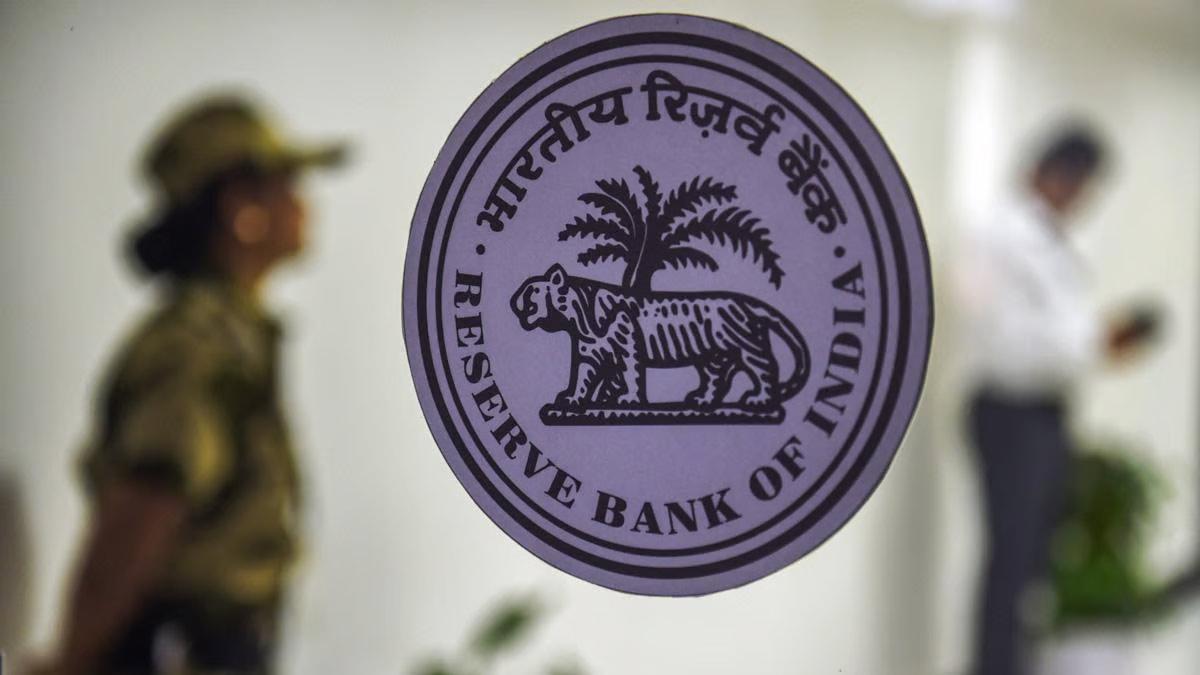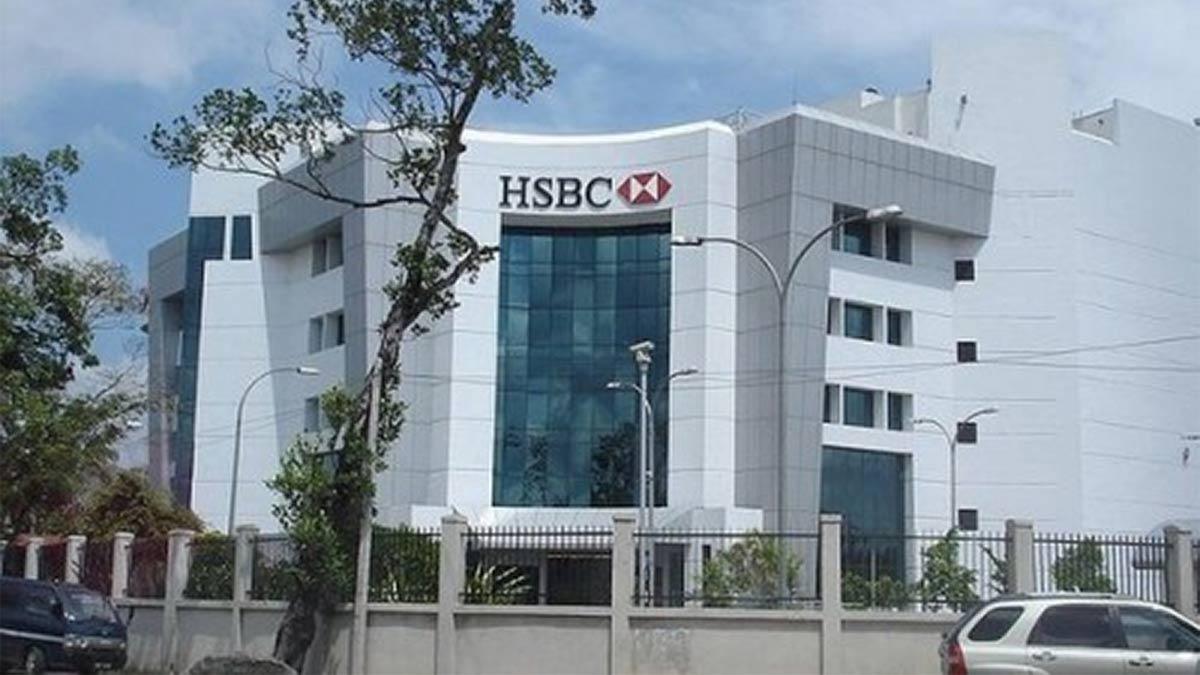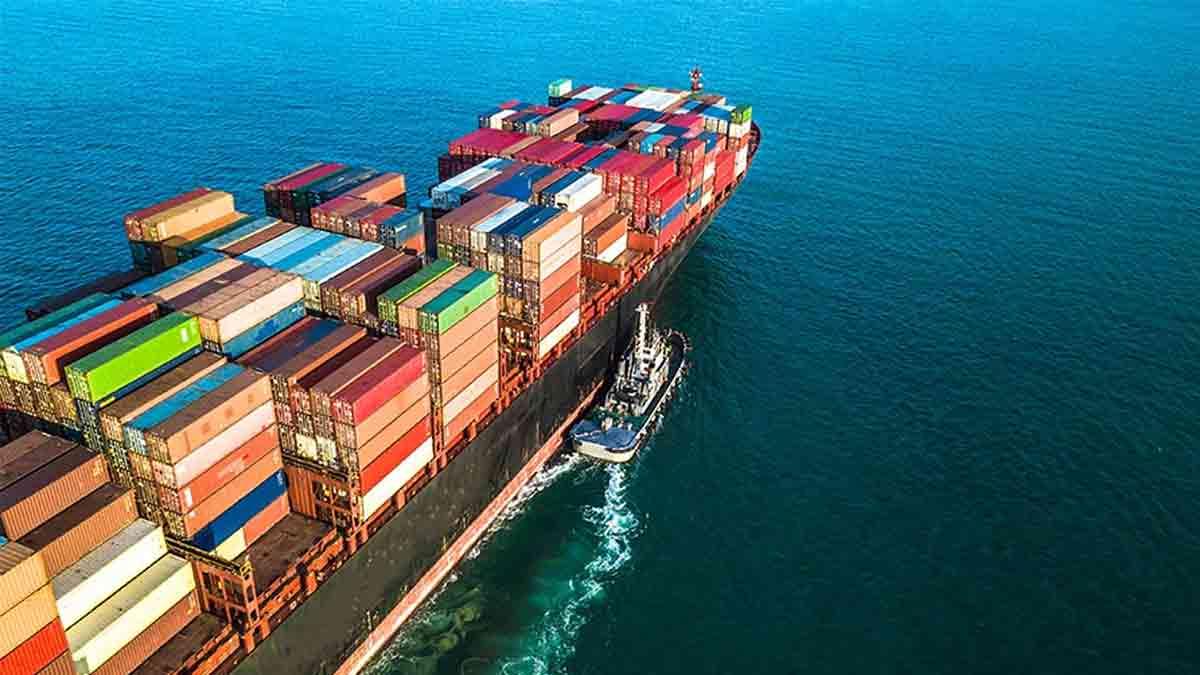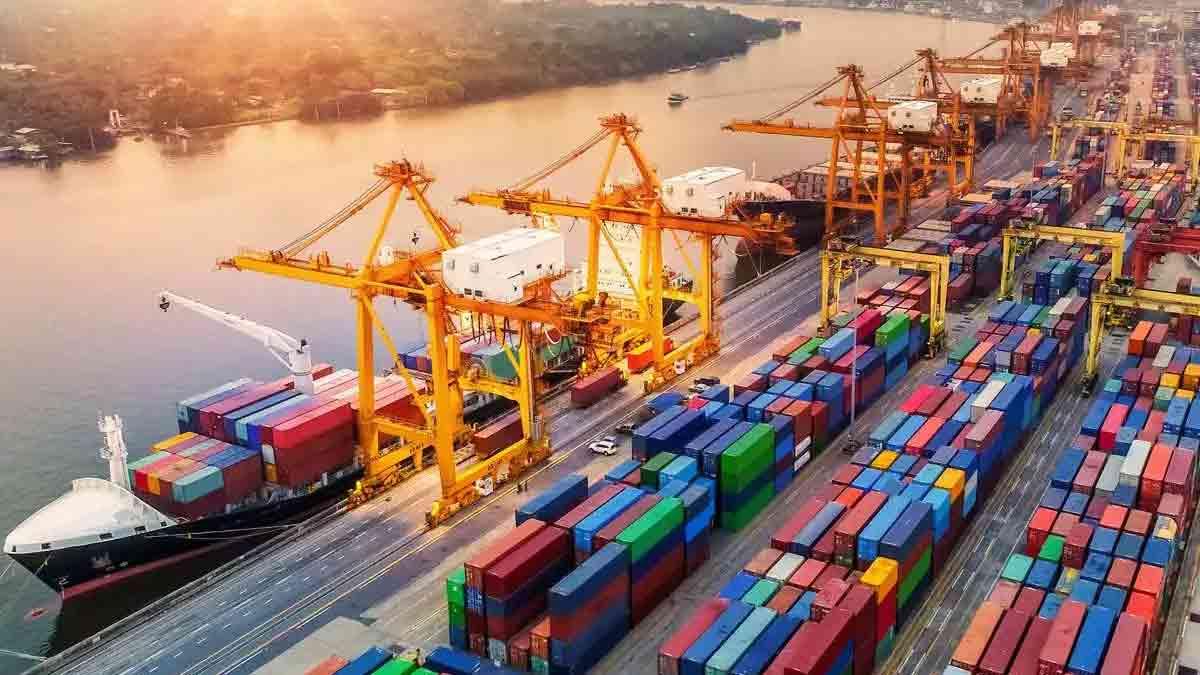In the midst of a tricky and unpredictable world, the Indian economy will remain the fastest growing large economy in 2025-26, with GDP growth rates expected at 6.5% and 6.7% by the IMF and World Bank, respectively, according to the report.
The 2025-26 Union Budget is characterized by balancing fiscal consolidation and growth on prudent lines. The budget reaffirms its emphasis on capital expenditure (Capex) while also formulating strategies for increasing household income and consumption.
The capital spending to GDP ratio is set to increase to 4.3% in 2025-26, an increase from revised 4.1% for 2024-25.
In January, retail inflation fell to a five-month low of 4.3%, led mainly by a sharp fall in vegetable prices because of the arrival of winter crops, as detailed in the report.
High-frequency indicators indicate the economy is on the recovery path in the latter half of 2024-25, after a downtrend in the first half. Industrial activity has picked up pace from the last quarter, with Purchasing Managers' Index (PMI) for January pointing to this increase.
Other indicators of recovery are increases in tractor sales, fuel consumption, and continuous growth in air passenger traffic, which are harbingers of overall economic strength, according to the report.
The bulletin further identifies high rural demand, backed by growing farm incomes. In rural areas, sales of FMCGs rose 9.9% during Q3:2024-25, far higher than the 5.7% increase during Q2. Urban demand too demonstrated improvement, at 5% growth in Q3, close to double the 2.6% rise during the earlier quarter.
Reserve Bank surveys support this upbeat view, with listed non-government, non-financial corporations reporting a pickup in sales growth in Q3, according to preliminary results.
Operating profit margins have also sequentially improved, in line with the sales growth, the report says.
Intentions of private sector investment are consistent, with total project cost sanctioned by banks and financial institutions at a level nearing ₹1 lakh crore in Q3:2024-25. Also, External Commercial Borrowings (ECBs) and Initial Public Offerings (IPOs) for Capex have increased in Q3.
Domestic equity markets have been affected by global trade and geopolitical tensions. Both benchmark and larger indices fell due to Foreign Portfolio Investors (FPIs) selling, as market sentiment remained low.
The Indian rupee has fallen along with other emerging market currencies due to the appreciation of the US dollar.
In spite of these difficulties, India's robust macroeconomic foundations and enhanced resilience of the external sector have enabled the nation to navigate the world uncertainties, the RBI bulletin has said.
The bulletin also reflects increasing US trade policy uncertainty, which is at levels similar to those during the 2019 US-China trade war. Potential for protectionist trade policies and fragmentation has the potential to instigate a persistent change in international trade dynamics that contributes to upwards pressures on cost for consumers as well as enterprises.
World economies are expanding at a consistent but moderate rate, with different outlooks in different countries, driven by rapidly shifting political and technological trends. Financial markets are still wary of the deceleration in disinflation and the possible effect of tariffs.
Emerging Market Economies are experiencing pressures to sell by FPIs and currency depreciation due to the appreciating US dollar, the bulletin sums up.
Read also| Trump Set to Announce Tariffs on Cars, Chips, and Pharmaceuticals Within a Month


















